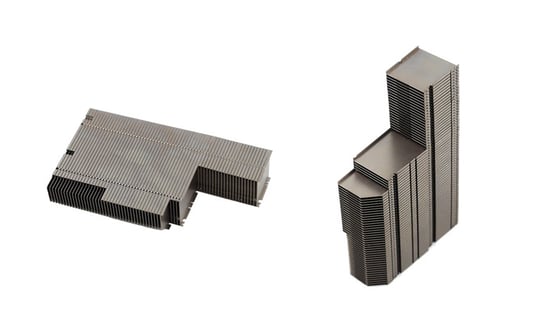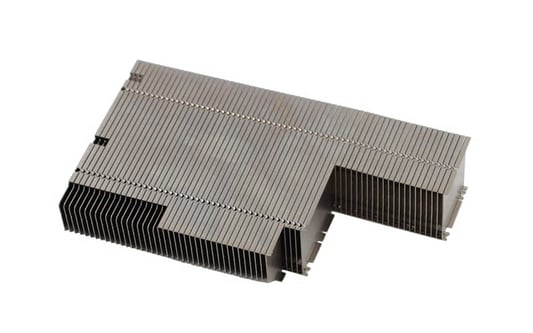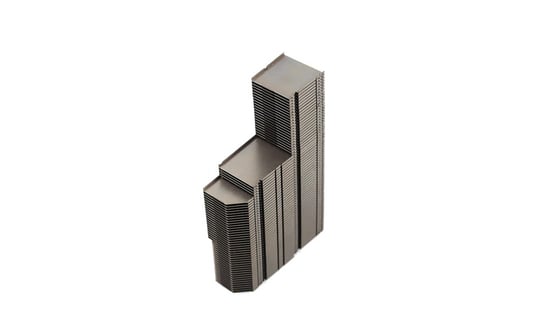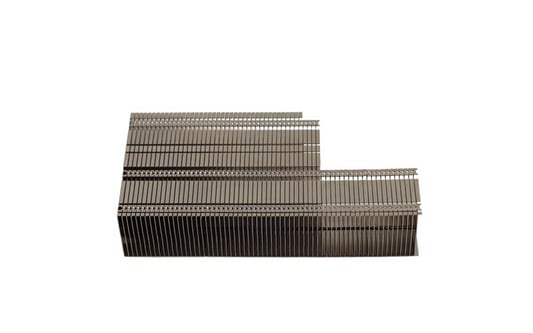Enhanced EfficiencyTool-free tooling cost skiving allows for faster and more efficient processes, as there is no need to spend time and resources on setting up complex tools.Cost SavingsBy eliminating the need for traditional tooling, tool-free tooling cost skiving can lead to significant cost savings for businesses.Increased FlexibilityTool-free tooling cost skiving offers increased flexibility in manufacturing processes, as it allows for quick changes and adjustments without the need for specialized tools.Reduced DowntimeWith tool-free tooling cost skiving, downtime is minimized as tool setups are quick and easy, keeping production running smoothly.Improved QualityTool-free tooling cost skiving can lead to improved product quality, as the process allows for more precise and consistent results.Enhanced SafetyBy eliminating the need for complex tools, tool-free tooling cost skiving can improve safety in the workplace, reducing the risk of accidents.Environmentally FriendlyTool-free tooling cost skiving can be more environmentally friendly than traditional tooling methods, as it reduces the use of materials and energy.Quick PrototypingTool-free tooling cost skiving is ideal for quick prototyping and testing, allowing for rapid production of prototypes without the need for extensive tool setups.Customization OptionsTool-free tooling cost skiving offers greater customization options, allowing for unique and specialized products to be created with ease.Competitive AdvantageBusinesses that embrace tool-free tooling cost skiving can gain a competitive advantage in the market by streamlining their processes and reducing costs.Quote Inquirycontact us










